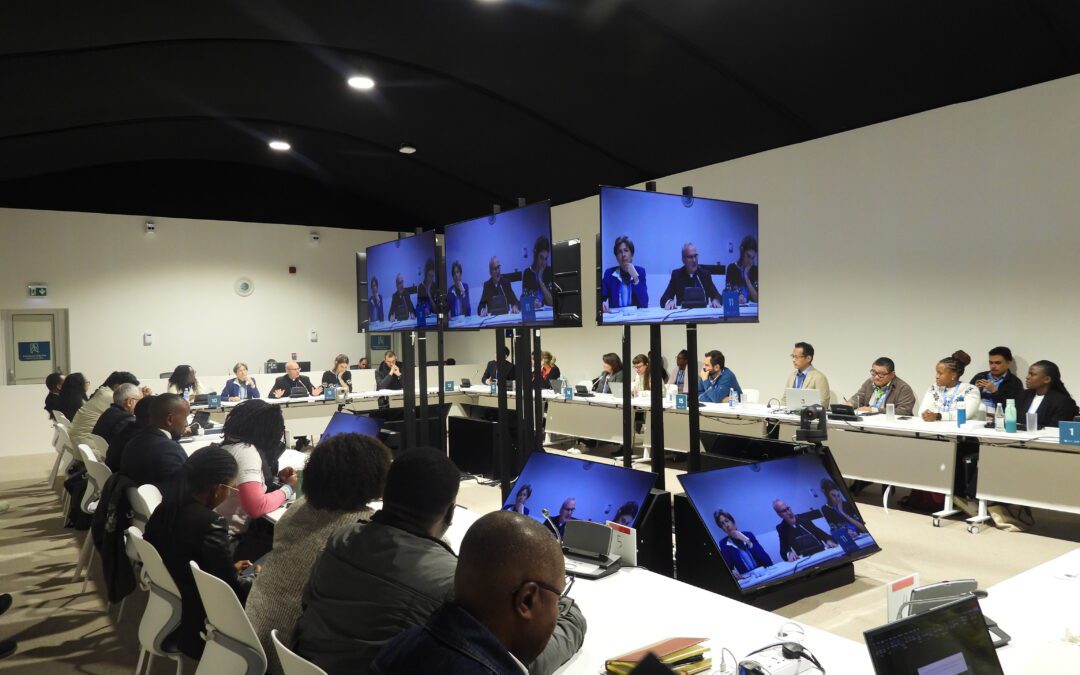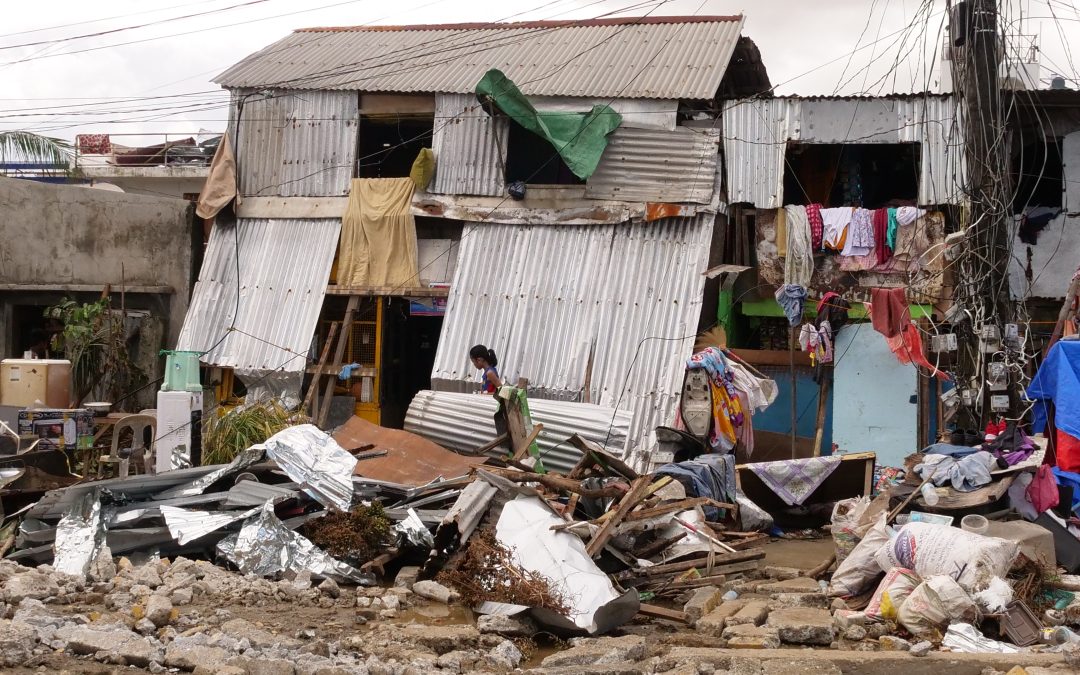Environmental advocates on November 24 have debunked claims that waste-to-energy (WtE) incinerators will bring “sustainability” and “stability” to communities.
In a media fellowship program, professor and environmental scientist Jorge Emmanuel said, “WtE is simply waste incineration in disguise.”
“It burns tonnes of municipal wastes to generate a small amount of net energy while emitting massive amounts of toxic pollutants and greenhouse gases,” said Dr. Emmanuel.
He said continuous monitoring of the state-of-the-art WtE plant in the Netherlands “revealed dioxin levels exceeding legal limits so much so that grass and eggs in farms up to 10 km away had high amounts of dioxins.”
Dr. Emmanuel said even if governments adopt international emission standards, “it doesn’t guarantee that dangerous emissions aren’t being released, especially in developing countries where there is no technical capacity to monitor emissions continuously.”
The Philippines’ environment department has already issued guidelines on “Governing Waste To Energy Facilities for the Integrated Management of Municipal Solid Waste”early this year.
Pro-environment groups in July asked the Supreme Court to declare null and void a government order allowing the use of “waste-to-energy” facilities in the country.
In a petition, the groups said the order “will result in grave violations of the people’s Right to Health and the Right to a Balanced and Healthful Ecology.”
Yobel Novian Putra of the Global Alliance for Incinerator Alternatives (GAIA) Asia Pacific said that there are several waste incinerator proposals in the Philippines that claim that incinerators are clean and safe.
“What they don’t tell us is that even in Europe, where standards are high, waste incinerators have been recorded to emit highly toxic pollutants – such as dioxins and heavy metal – and release immense amounts of CO2. said Putra.
Putra said incinerators feed on highly combustible waste like plastic, which are mostly made from fossil fuels. When plastics are burned, they “add more than 850 million metric tons of greenhouse gases to the atmosphere – equal to the pollution from 189 new 500-megawatt coal-fired power plants.”
Dr. Emmanuel explained that WtE incinerators are “the most emission intensive form of energy generation.” He said it generates “more total carbon emissions per kWh than coal, oil or natural gas.”
The professor urged municipal governments to “segregate at source” and “compost” instead of burning wastes, adding that “about half of municipal waste is composed of organic discards.”
“The calorific value and recovery efficiency of waste incinerators are dismal. We burn a lot of useful material to generate insufficient energy,” he said.
“These facilities also take away resources that can be recycled, reused, or repurposed – and it affects the livelihoods of sectors that rely on recycling and materials recovery,” he added.






0 Comments